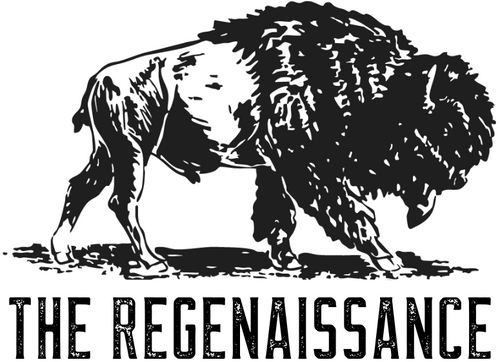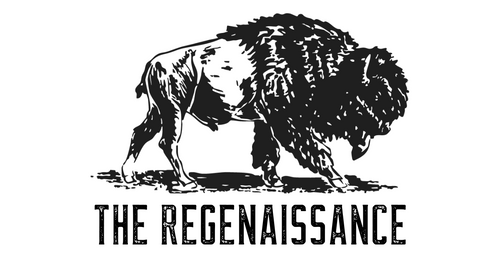Big Ag wants us to believe the only way forward is endless fields of corn and soy. But out here in the real world, farmers are proving them wrong. One of the most powerful tools in regenerative agriculture today is silvopasture – a practice that blends trees, grasses, and livestock into one climate-resilient system.
This isn’t back-to-the-land nostalgia. It’s hard science and farmer-driven innovation that’s rewriting the rules of grazing.
What is Silvopasture?
Silvopasture is the intentional integration of trees, forage, and livestock on the same land. Unlike conventional grazing (where trees are cleared away) or unmanaged woodland (where animals can’t thrive), silvopasture manages the relationship between species so each strengthens the other.
-
Trees provide shade, timber, fruit, and deep roots that store carbon.
-
Forages like clovers and grasses thrive in partial shade, feeding livestock and fixing nitrogen.
-
Animals turn sunlight and forage into meat, milk, and wool – while fertilizing the soil.
It’s regenerative grazing at its finest: working with nature instead of against it.
Why Silvopasture Matters
Recent studies confirm what farmers already know: silvopasture builds resiliency and profitability.
-
Soil Health: Fields with trees show higher organic matter and water retention than open pastures.
-
Carbon Capture: Silvopastures sequester 5–10× more carbon than treeless pastures.
-
Livestock Welfare: Shade lowers animal stress. A 2023 study found cattle in silvopastures maintained weight gains while staying cooler.
-
Biodiversity: Trees bring back birds, pollinators, and beneficial insects.
-
Profitability: Farmers earn from both livestock and tree products – nuts, fruit, or timber – while reducing feed and water costs.
In other words: healthier soil, healthier animals, healthier bottom lines.
How to Start a Silvopasture System
You don’t need to overhaul your whole farm overnight. Start small and scale.
1. Plan Your Layout
Choose pastures where trees could thrive. Map out rows, clusters, or alleys so sunlight still reaches forage.
2. Pick the Right Species
Go with trees that fit your region and goals: oaks, walnuts, chestnuts, or fruit trees for added income. Pair them with shade-tolerant grasses and legumes like fescue, ryegrass, or clover.
3. Protect Young Trees
Use shelters or fencing so cattle, goats, or deer don’t destroy saplings.
4. Rotate Grazing
Keep animals moving every few days and give paddocks long rest periods. Short grazes, long recoveries – that’s regenerative grazing 101.
5. Monitor and Adjust
Track soil health, animal performance, and tree growth. Thin or prune trees as needed to keep the right balance of shade and light.
Farmers Leading the Way
-
California’s Restoration Oaks Ranch has planted nearly 1,000 oaks at 20-foot spacing, giving cattle shade while restoring native savannas.
-
Barred Owl Brook Farm in New York integrates sheep with hazelnuts and pawpaws, proving silvopasture is both climate adaptation and a new revenue stream.
-
Vermont’s Interlace Agroforestry runs a demo farm where livestock graze under fruit and nut trees, showing rebels what the future of farming looks like.
Common Challenges
Silvopasture takes planning. Expect:
-
Upfront costs for fencing and seedlings (NRCS and state grants can help).
-
Early maintenance like weed control and watering.
-
Learning curve managing trees and animals together.
But the payoff is long-term resilience – less drought stress, diversified income, and soil that grows richer every year.
Viva La Regenaissance!





